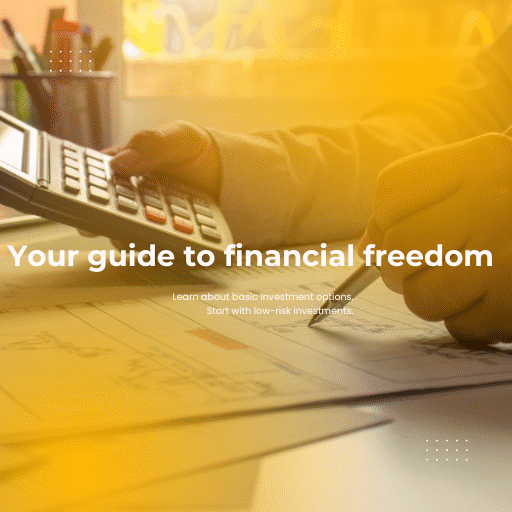The 50/30/20 rule is a popular budgeting strategy that can help individuals manage their finances effectively in the modern world. This rule suggests allocating 50% of your income to needs, 30% to wants, and 20% to savings and debt repayment. By following this simple guideline, individuals can establish a balanced approach to spending and saving that promotes financial stability and security.
Needs, as defined by the 50/30/20 rule, encompass essential expenses such as rent or mortgage payments, utilities, groceries, transportation, and healthcare costs. These are non-negotiable expenditures that are necessary for maintaining a basic standard of living. By limiting needs to 50% of your income, you ensure that the majority of your funds are allocated towards critical expenses that support your well-being and livelihood.
The 30% category is reserved for wants, which include discretionary spending on non-essential items and experiences that bring joy and satisfaction. This portion of your budget allows for indulgences such as dining out, entertainment, shopping, travel, and hobbies. By setting aside 30% of your income for wants, you can enjoy the pleasures of life without compromising your financial health or long-term goals.
The final 20% of the 50/30/20 rule is dedicated to savings and debt repayment. This segment serves as a crucial component of financial planning, enabling individuals to build an emergency fund, save for future goals, and reduce outstanding debts. By prioritizing savings and debt repayment, you lay the foundation for a secure financial future and protect yourself against unexpected expenses or economic downturns.
Implementing the 50/30/20 rule requires careful budgeting and discipline to ensure that you adhere to the prescribed allocations for each category. Tracking your expenses, creating a detailed budget, and regularly reviewing your financial situation are essential steps in successfully managing your money according to this rule. By monitoring your spending habits and making adjustments as needed, you can maintain financial balance and progress towards your financial objectives.
One of the key benefits of the 50/30/20 rule is its flexibility and adaptability to different income levels and lifestyles. Whether you earn a modest salary or a substantial income, this rule can be tailored to suit your individual circumstances and priorities. By customizing the percentages based on your specific needs and goals, you can optimize your budgeting strategy and make informed decisions about your finances.
In addition to its practicality, the 50/30/20 rule promotes financial mindfulness and awareness by encouraging individuals to prioritize their spending and savings habits. By categorizing expenses into distinct groups and assigning fixed percentages to each category, you gain clarity and control over your financial choices. This structured approach fosters responsible money management and empowers you to make informed decisions that align with your values and objectives.
Furthermore, the 50/30/20 rule serves as a valuable tool for achieving financial goals and building wealth over time. By consistently allocating a portion of your income to savings and debt repayment, you create a financial buffer that safeguards against unforeseen circumstances and enables you to pursue long-term aspirations. Whether you aim to buy a home, start a business, or retire comfortably, this rule provides a systematic framework for attaining financial success and security.
While the 50/30/20 rule offers a clear roadmap for managing your finances, it is important to remember that flexibility and adaptability are key to its effectiveness. Life is unpredictable, and unexpected expenses or changes in circumstances may necessitate adjustments to your budgeting strategy. By remaining flexible and responsive to evolving financial needs, you can maintain control over your money and navigate challenges with confidence and resilience.
In conclusion, the 50/30/20 rule is a practical and versatile budgeting approach that can help individuals navigate the complexities of modern finances with clarity and confidence. By allocating 50% of income to needs, 30% to wants, and 20% to savings and debt repayment, individuals can strike a balance between meeting essential expenses, enjoying discretionary pleasures, and securing their financial future. By embracing this rule and incorporating it into your financial planning, you can cultivate healthy money habits, achieve your goals, and build a solid foundation for long-term financial well-being.







